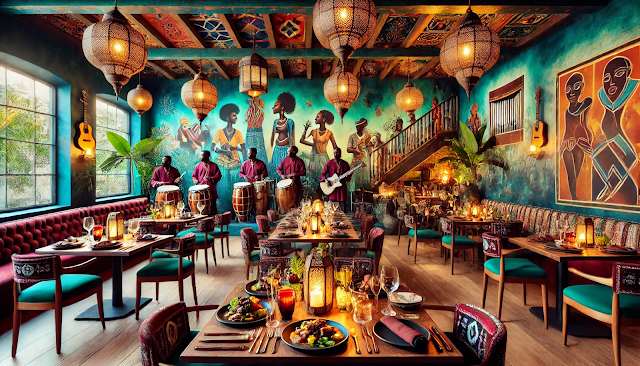Background
Color plays a vital role in shaping the emotional impact of an image, as different hues evoke specific feelings and associations. The way color is used, including the intensity and combination of hues, can dramatically change the overall mood. Here’s how color, contrast, and selective use of color affect an image:
1. Color and Emotion:
- Warm colors (reds, oranges, yellows) typically evoke emotions such as passion, energy, warmth, or aggression.
- Cool colors (blues, greens, purples) tend to convey calmness, tranquility, melancholy, or mystery.
- Neutral colors (blacks, whites, grays) can have a grounding effect or emphasize form and structure without overwhelming with emotion. They can also serve as a background for more vivid colors, making them stand out.
Have you ever noticed that fire hydrants vary in color? While strolling around Lake Mirror, a red fire hydrant caught my attention. Per the National Fire Protection Association, public hydrants should be painted yellow unless there are special circumstances.
2. Importance of Contrast:
- High contrast (e.g., bold differences between light and dark or complementary colors like blue and orange) can create tension, drama, or excitement. It draws attention and adds energy to the composition.
- Low contrast (e.g., subtle shifts in tones or colors) can evoke a sense of calm, harmony, or softness. The overall feel is more subdued and peaceful.
- Lack of contrast can result in a flat or monotone appearance, which could either simplify and focus the viewer’s attention or make the image feel dull if not used intentionally.
3. Monochromatic Images:
- Using one color in different shades can create a cohesive and focused aesthetic. Monochromatic schemes often give the image a unified, calming, or somber feel, depending on the color chosen. For example:
- A monochromatic blue image can evoke tranquility or sadness.
- A monochromatic red image could feel intense or passionate.
- Emotional depth in monochromatic images often comes from the interplay of light and shadow, rather than color variety.
4. Duotone Images:
- Duotone (two colors, often complementary or contrasting) can create striking visuals by simplifying the color palette while still providing contrast. This technique emphasizes form, texture, and light, while also delivering an emotional punch, especially if the chosen colors have strong psychological connotations (e.g., blue and orange for coolness vs. warmth).
- Duotones often feel bold, modern, and graphic, conveying both simplicity and depth.
5. Selective Color (only certain areas in color):
- When only parts of the image are in color, the colored areas immediately draw attention and become focal points. This can highlight specific emotions or details, while the rest of the image remains more neutral or understated.
- This technique can create a sense of emphasis or isolation, making the colored elements appear more vivid or important, while the black-and-white or desaturated areas feel distant or less emotionally charged.
- It can also convey narrative contrast, symbolizing different emotional states or themes (e.g., happiness vs. melancholy, past vs. present).
6. Emotional Impact of Color Decisions:
- Monochromatic and Duotone: These can be used to express minimalism, nostalgia, or introspection, often focusing on mood and texture over realism. Duotones, in particular, add a dynamic element to contrast without overwhelming the scene.
- Selective color: This adds psychological weight to specific objects or figures, allowing you to subtly guide the viewer’s interpretation or mood.

I do not know the exact reason why this particular hydrant is red; there could be several reasons why. It could be ceremonial, inoperable, and/or have a low flow capacity. Firefighters need to make quick decisions in an emergency, and color-coding the hydrants aids emergency workers make life-saving decisions quickly.
Summary
In summary, color enhances the emotional resonance of an image, while contrast helps define the emotional intensity. The choice between monochromatic, duotone, or selective color techniques will change how the viewer feels and interacts with the image, from subtle and introspective to bold and striking.




Comments
Post a Comment